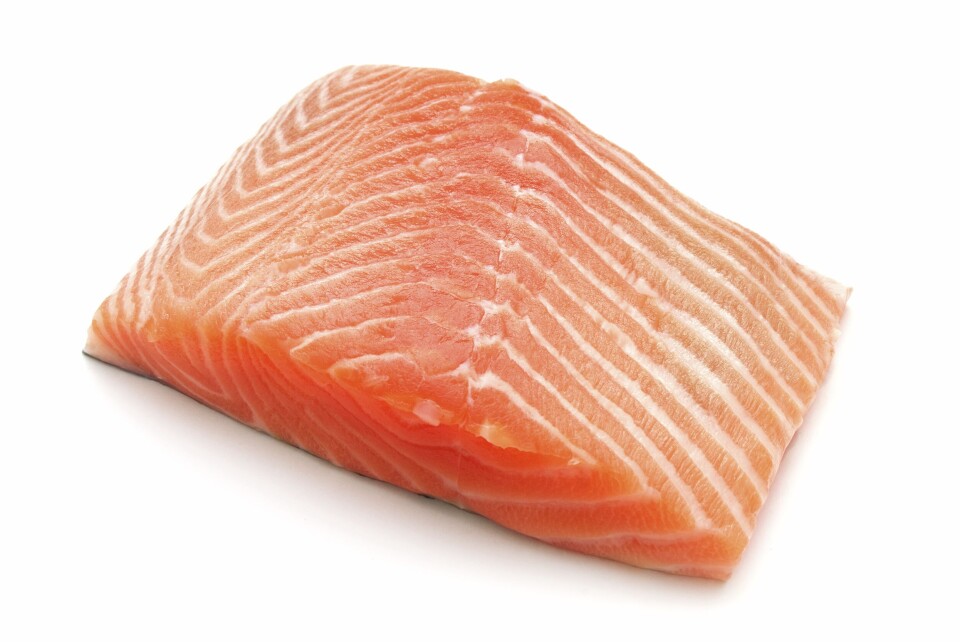
New indicators on salmon shelf-life proposed
A group of researchers from Ireland have examined how best to calculate the shelf-life of salmon.
The decomposition process of fresh fish and other seafood starts immediately after slaughter and continues during storage. This means that every year, almost 10% of the seafood that is harvested globally is spoiled. The decomposition itself occurs through a process of chemical, enzymatic and microbiological changes, with the latter reported as the primary determinant of shelf-life.
If the fish are immediately stored at the temperature of melting ice after slaughter, this will delay the decomposition. Such refrigeration is required by EU regulations and is intended to protect the health of the consumer. However, no consensus has yet been developed on which bacteria should be measured to monitor the shelf-life of fresh fish.
Growth of bacteria
Researchers from Dublin’s Teagasc Food Research Centre, University College Dublin and Ireland’s BIM seafood development agency have therefore examined the bacterial growth of several types of bacteria such as Enterobacteriacea and Pseudonmonas spp on salmon stored at 2°C and under aerobic conditions. This was done to get data that can be used to understand how to best calculate the shelf-life of salmon.
“On day 0, 2, 3, 6, 8 and 10, microbiological analysis was carried out. On each sampling day the fish was split into two sides. From one side there were two samples (10g) of inner flesh and two samples (10g) of outer skin obtained on each of the sampling days. From the other side the outer skin of the fish was swabbed (25 cm² surface areas) in duplicate,” they write.
Tested several parameters
The samples of the fish meat and the skin were homogenised and diluted by the researchers before being plated on an agar plate and incubated at 30°C for 72 hours (for mesophilic bacteria) and at 6.5°C for 240 hours (for psychotropic bacteria). In addition, separate counts were made for Enterobacteriaceae, HSPB, Paudomonas, Br. Thermosphacta, and Photobacterium spp.
Furthermore, pH, storage temperature and water activity were tested. The researchers say that they monitored the pH by measuring it on the samples of fish meat and outer skin. Water activity was measured using a special water activity meter. The thickness, length and width of each fish skin and flesh sample was also recorded to determine an average total area of the samples.
The temperature of the cold room, and of the skin and core of the whole salmon were also measured. A data analysis was then performed.
Better indicator of durability
The researchers found that there were five different bacteria including Pseudomonas spp. and Br. thermosphacta which contributed to the decomposition of the salmon meat at 2°C in aerobic conditions.
“The growth of these bacteria can therefore be a better indicator of durability than the current method where one estimates or measures the total concentration of bacteria,” they conclude in the scientific article.
You can read the entire scientific article here: Spoilage indicator bacteria in farmed Atlantic salmon ( Salmo salar ) stored on ice for 10 days






















































